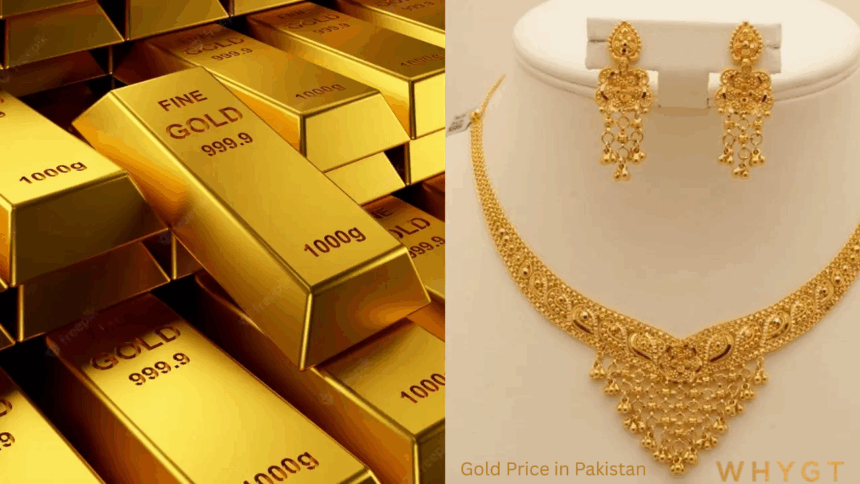Growing up in Karachi, I always knew when gold prices were high, not from a news report or market alert but from the way my grandmother reacted during her evening chai. If she sighed while stirring her tea and mumbled something about “acha zamana chala gaya,” it usually meant the price of gold had jumped again.
Gold isn’t just a metal in Pakistani households. It’s woven into wedding plans, savings goals, and sometimes even emergency funds. My cousin Saira’s wedding almost got postponed last year because the rates shot up overnight, and her mother was stressed about the jewelry budget. That’s how real it gets.
So, why does gold feel like a national obsession?
In a country where the rupee can feel like it’s on a rollercoaster, gold often becomes the safer place to park savings. People trust it. My uncle, who runs a mobile phone shop in Lahore, puts away a little from his earnings every month to buy a tiny gold coin. “Better than letting it rot in the bank,” he says. And he’s not alone in thinking that.
Prices shift daily. Sometimes dramatically. One day you’re seeing Rs. 225,000 per tola, and before you can say “mehndi season,” it’s touched Rs. 240,000. That’s why WhatsApp groups blow up with screenshots from jeweler websites, and every other conversation at family dinners starts with, “Suna tumne? Sona phir mehnga hogaya!”
What drives the price hike?
Several things play a role. International gold rates are a big one. If the dollar gains strength, or global uncertainty rises (like wars, oil price swings, or economic slowdowns), gold prices tend to react. Add to that our local currency dipping, and boomyour jewelry budget just got smaller.
Then there’s demand. The wedding season alone can heat things up. When thousands of families are out hunting for bridal sets, prices often creep upward. It’s simplemore people buying, the price goes up.
So what can you do about it?
Here’s what I’ve learned both from experience and watching the older generation:
- Buy in bits: You don’t have to wait till you can afford a full set. Small purchases over time add up. My friend Areeba bought a 1-gram coin every two months for a year, and now she has enough to make earrings.
- Keep track, casually: You don’t need to refresh price charts daily, but just being aware helps. Follow a reliable jewelry store on social mediathey usually post updates.
- Don’t chase trends: People rush to buy when prices rise, out of fear they’ll go even higher. But buying when everyone else is buying? That’s when you pay the most.
- Old gold is gold: Upgrading old jewelry can be a smarter move than buying fresh. My mother had an outdated necklace sitting in her drawer for years. Last year, she traded it in for a sleeker design and paid much less than if she’d bought new.
- Keep receipts: Whether you are buying for the investment, those little slips matter when selling or exchanging later.
Final thoughts?
Gold in Pakistan is not just about economics’s about emotion. It ties into tradition, security, and even family pride. Whether you’re saving up for your child’s wedding or simply trying to outsmart inflation, gold plays a quiet but powerful role in many lives here.
Just ask my grandmother. With her chai in hand and a sparkle in her eye, she’ll tell you, “Sona hamesha kaam aata hai.”


